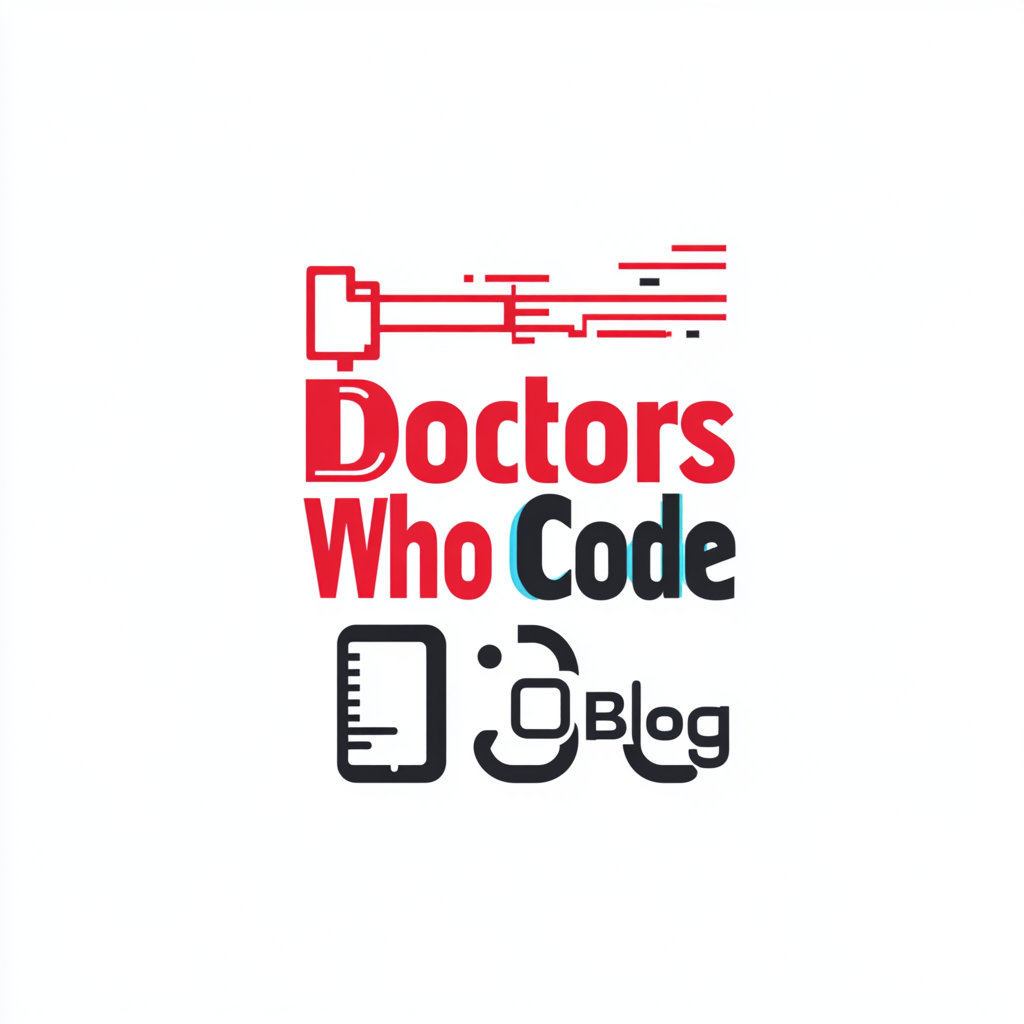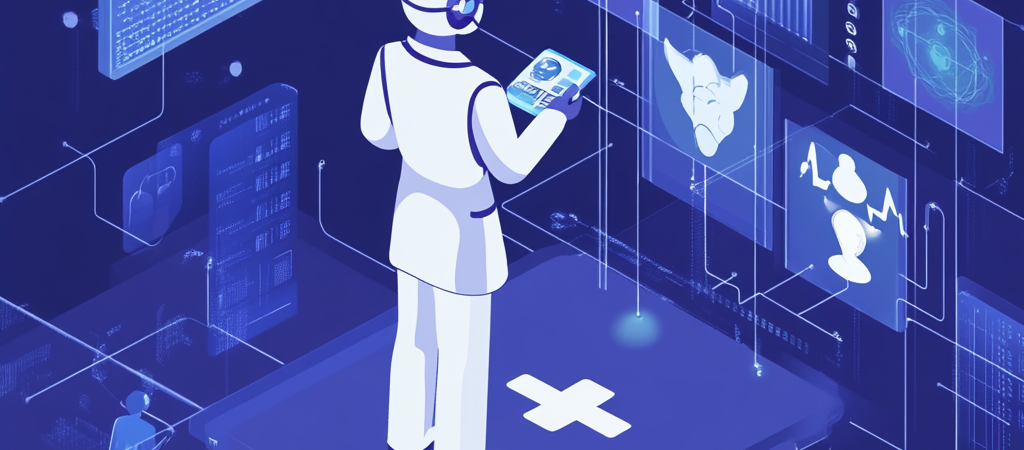Introduction
Imagine this: a cyberattack exposes the personal and medical information of millions of patients, leaving them vulnerable to identity theft and financial fraud. This isn’t a scene from a dystopian novel; it’s a grim reality. From the Anthem Inc. data breach affecting 80 million individuals to the WannaCry ransomware attack disrupting global healthcare services, these incidents underscore the urgency of securing sensitive healthcare data.
As artificial intelligence (AI) revolutionizes healthcare by enabling predictive analytics, personalized medicine, and efficient administrative processes, it also introduces unique challenges to data privacy. How can healthcare providers harness AI’s power while safeguarding patient information? This comprehensive guide explores the intersection of AI and data privacy in healthcare and offers actionable insights to ensure patient trust and regulatory compliance.
Section 1: Understanding Data Privacy Regulations
Key Data Privacy Laws
- HIPAA (Health Insurance Portability and Accountability Act): Mandates the protection of patient health information (PHI) in the United States.
- GDPR (General Data Protection Regulation): Governs data privacy across the European Union, emphasizing patient consent and data minimization.
- HITECH Act: Strengthens HIPAA by promoting the adoption of electronic health records (EHRs) while ensuring privacy and security.
Implications for AI in Healthcare
These regulations demand strict adherence to data protection standards. For instance, any AI application accessing patient data must ensure compliance with encryption, anonymization, and secure storage protocols.
Section 2: Challenges of AI in Healthcare Data Privacy
Potential Risks
- Data Breaches: High-profile cases like the UCLA Health breach in 2015, which exposed the records of 4.5 million patients, highlight vulnerabilities in healthcare IT systems.
- Algorithmic Bias: Improperly trained AI models can inadvertently compromise sensitive data through biased decision-making processes.
- Data Misuse: Unauthorized access to or misuse of aggregated data can lead to significant ethical and legal consequences.
Real-World Examples
- WannaCry Ransomware Attack (2017): Disrupted critical services within the UK’s National Health Service (NHS), emphasizing the need for resilient cybersecurity.
- Premera Blue Cross Breach (2015): Compromised clinical information of 11 million patients, raising awareness about the importance of comprehensive security protocols.
Section 3: Best Practices for Ensuring Data Privacy
Technical Measures
- Encryption: Secure sensitive data both in transit and at rest using advanced encryption standards.
- Data Anonymization: Remove personally identifiable information (PII) from datasets to minimize risks.
- Regular Audits: Conduct frequent audits to identify vulnerabilities and ensure compliance with regulatory frameworks.
Organizational Measures
- Staff Training: Equip employees with the knowledge to recognize and respond to potential cybersecurity threats.
- Incident Response Plans: Develop robust protocols to mitigate the impact of breaches quickly.
- Risk Assessments: Evaluate potential threats and implement proactive measures to address them.
Section 4: Leveraging AI to Enhance Data Privacy
AI-Driven Security Solutions
- Threat Detection: AI can analyze patterns in data access to detect unusual activities indicative of a potential breach.
- Automated Compliance Checks: Tools powered by AI can ensure adherence to regulations like HIPAA and GDPR in real-time.
Innovative Technologies
- Federated Learning: Enables AI models to learn from decentralized data without exposing sensitive information.
- Differential Privacy: Adds statistical noise to datasets, preserving individual privacy while enabling data analysis.
Section 5: Future Trends in Data Privacy for AI in Healthcare
Emerging Technologies
- Blockchain: Offers tamper-proof data storage, enhancing trust and security in healthcare data management.
- Zero-Trust Architectures: Enforces strict verification protocols, reducing the risk of unauthorized access.
Predictions
As AI continues to evolve, we can expect:
- Increased regulatory scrutiny to ensure patient data protection.
- Enhanced collaboration between healthcare providers and technology developers to create secure AI solutions.
- Widespread adoption of privacy-preserving AI techniques to address ethical concerns.
Conclusion
Data privacy is not just a compliance requirement; it is a cornerstone of patient trust and safety. By understanding the challenges, adopting best practices, and leveraging innovative technologies, healthcare providers can navigate the complexities of AI-powered solutions while safeguarding sensitive information. The stakes are high, but with the right strategies, we can ensure a future where AI transforms healthcare without compromising data privacy.
C. Onyeije, MD

